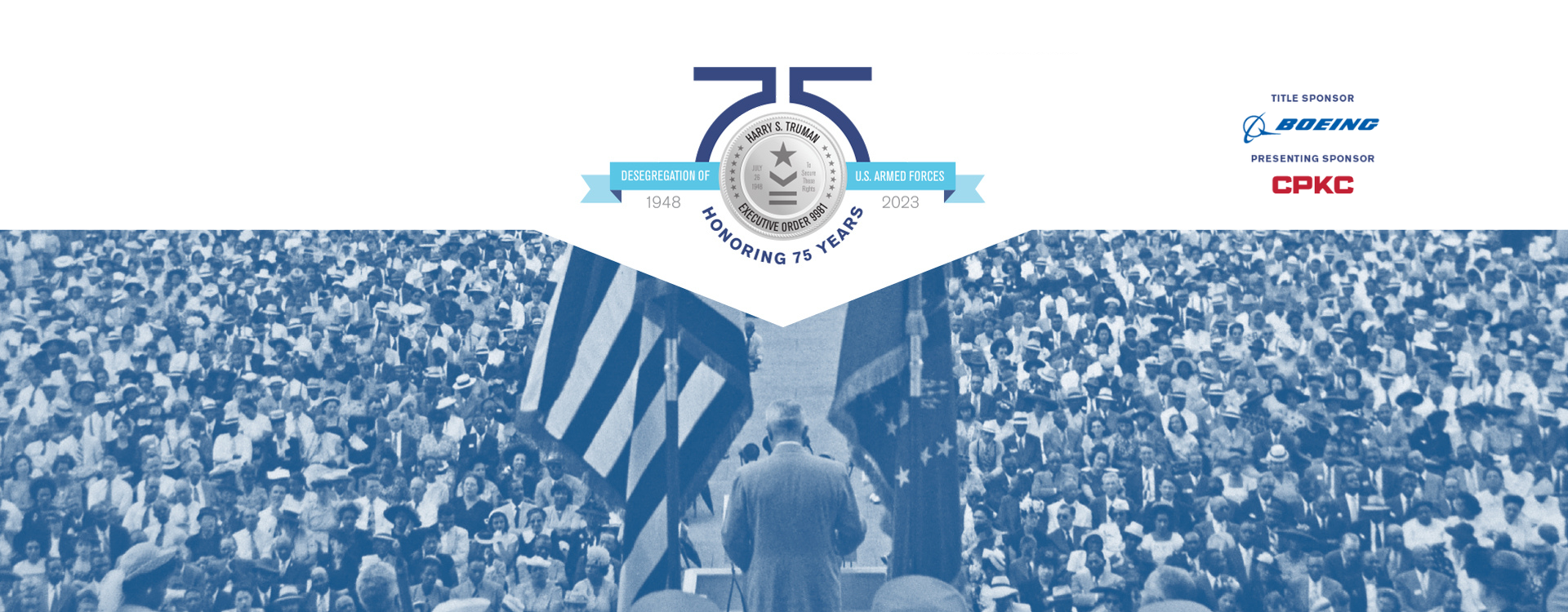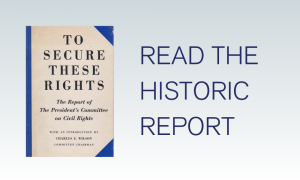TO SECURE THESE RIGHTS
By Steven F. Lawson, Professor Emeritus, Rutgers University
PART IX: THE FIRST FREEDOM RIDES
Civil rights advocates did not confine their complaints solely to the president’s committee. In the spring of 1947, a small group of activists that had experimented with nonviolent, direct-action protests during World War II launched a campaign to challenge segregated seating on interstate buses. The previous year the Supreme Court had banned such segregation, but the transportation companies continued to comply with state laws that required black and white passengers to occupy separate sections on buses. In April 1947, while representatives of the NAACP and other civil rights organizations appeared before the PCCR, the Congress of Racial Equality and the Fellowship of Reconciliation, a Christian pacifist organization, sponsored teams of integrated riders to see whether they could travel unmolested through Virginia, North Carolina, Tennessee, and Kentucky. George Houser, the executive secretary of CORE, had come up with the idea along with Bayard Rustin, a black conscientious objector from West Chester, Pennsylvania, who had served a prison term for refusing to cooperate with the draft during World War II.65 They believed that they had the greatest chance of success in these upper-South states.
Embarking from Washington, D.C., on April 9, on what they called the “journey of reconciliation,” eight blacks and eight whites divided into two groups and rode Greyhound and Trailways buses into Dixie. They first encountered trouble as the buses headed from Virginia into North Carolina. A driver asked Rustin, one of the black passengers, to vacate his seat in the front of the bus and move to the rear. Rustin, an advocate of Gandhian nonviolence, politely refused to comply.

“The Journey of Reconciliation,” the first freedom ride. From left to right: Worth Randle, Wallace Nelson, Ernest Bromley, James Peck, Igal Roodenko, Bayard Rustin, Joe Felmet, George Houser and Andrew Johnson (1947). Used with permission.
The driver backed off, and the journey continued uneventfully until the buses rolled into Chapel Hill, North Carolina, a usually quiet and progressive college town. Here four of the passengers, including Rustin and James Peck, a white man, were arrested for failing to move into designated segregated sections on the bus. As they made their way from the bus into the station, violence flared as a group of taxi drivers attacked Peck. The arrested travelers posted bail and took refuge at the home of the Reverend Charles Jones, a white Presbyterian minister with ties to the Fellowship of Reconciliation. After receiving threatening phone calls at his house, the group resumed its trip into Tennessee, Kentucky, and back through North Carolina and Virginia. The bus drivers insisted on segregated seating, but the passengers refused to cooperate. Although no further violence broke out, a total of twelve riders were taken into custody for refusing to comply with segregation orders. On April 23, the journey ended as both a testimony to the interracial travelers’ courage and the unwillingness of southern transportation authorities to obey the 1946 Supreme Court ruling against interstate bus segregation. Indeed, little had changed, and the following year Rustin and one of his white companions were convicted of violating North Carolina’s segregation law and served twenty-two days on a prison chain gang.66
PREVIOUS: Part VIII – The Committee at Work
NEXT: Part X – The Committee Deliberates
Navigate through this essay by section: 1 2 3 4 5 6 7 8 9 10 11 12 13 14 Notes



